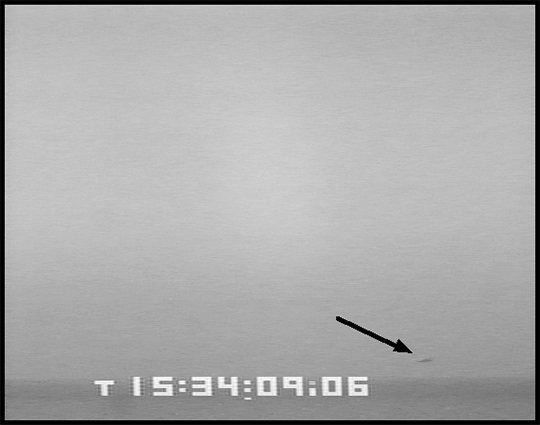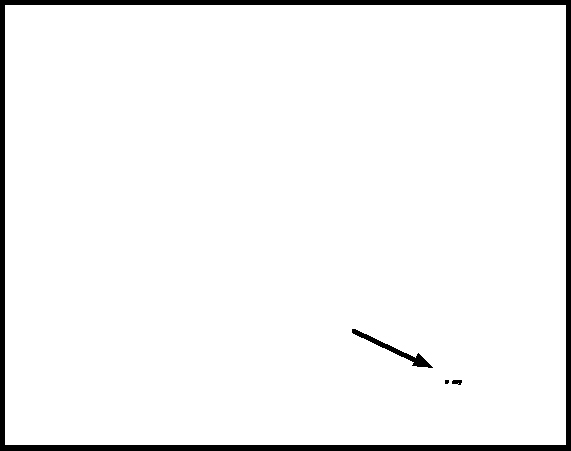|
|
 |

|
 |
 |
| Detection Of Aircraft In Video Images (Jeffrey W. McCandless) |
 |
Overview
NASA collaborated with the aircraft industry to develop the technology for a supersonic passenger airplane called the High Speed Civil Transport (HSCT). One issue which was examined for the HSCT was the replacement of the forward cockpit windows with synthetic displays. The imagery in these displays would be obtained from video cameras mounted outside the aircraft. A benefit of this configuration was that the video imagery could be examined with computers to determine if another aircraft was in the scene. The goal of this HSCT sub-project was to develop computer vision programs to detect aircraft that are moving in the video images.
During 1997, a series of computer programs was written to process video images and search for moving objects (e.g., other aircraft). Flight tests were conducted in April and May of 1997 to obtain the video imagery to test the computer programs. Each flight test was conducted with two aircraft. One aircraft was a Boeing 737 with a camera mounted below the nose. With a field-of-view of 13 degrees, this camera recorded the images of a second aircraft (the target plane) flying in various trajectories. For example, one trajectory consisted of the target plane flying from right to left across the path of the Boeing 737, producing the image in Fig. 1. The position of the target plane is indicated by the arrow in the figure. In this condition, the target was a Beech King Air 200 flying at a distance of one nautical mile from the 737. At this distance, it appears relatively small in the image. A computer program based on an optical flow algorithm located the aircraft, as shown in Fig. 2. In this figure, the area corresponding to the aircraft is shown in black.

Figure 1. Video image showing another aircraft flying in the field of view of the camera.

Figure 2. Results of the computer program. The black region indicates the position of the aircraft in Fig. 1.
Contact
Jeffrey W. McCandless
(650) 604-1162
jeffrey.w.mccandless@nasa.gov |
|
|
|
|